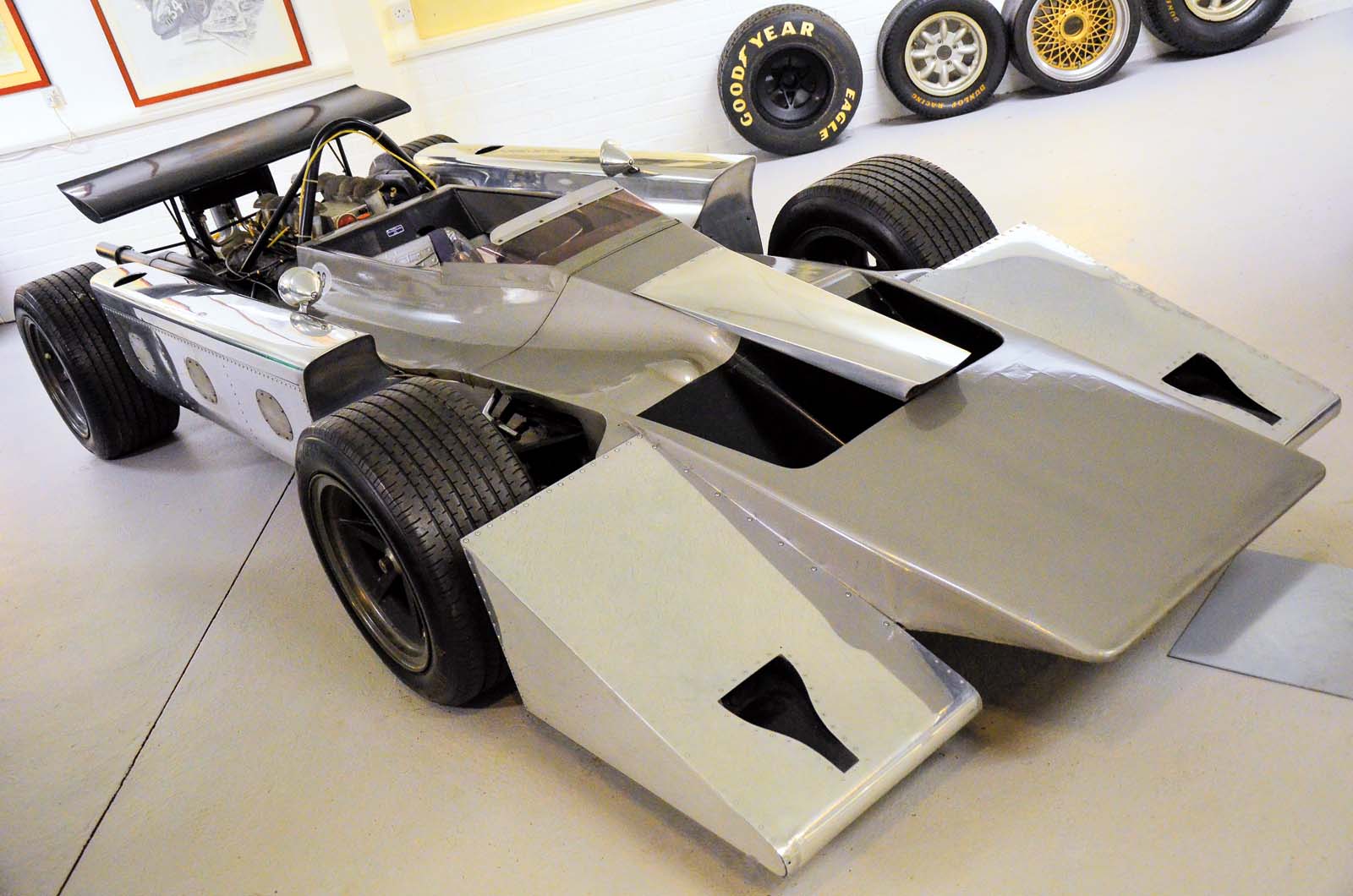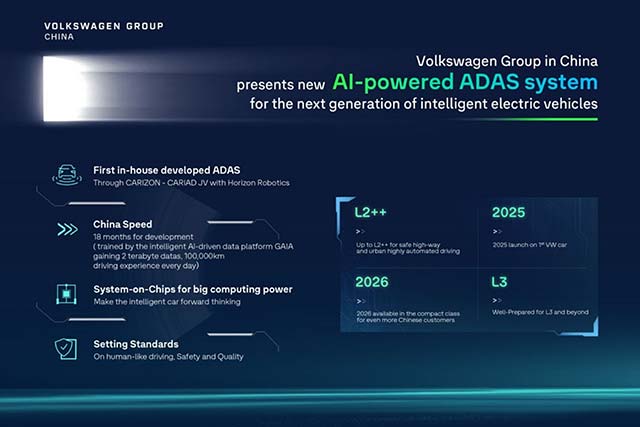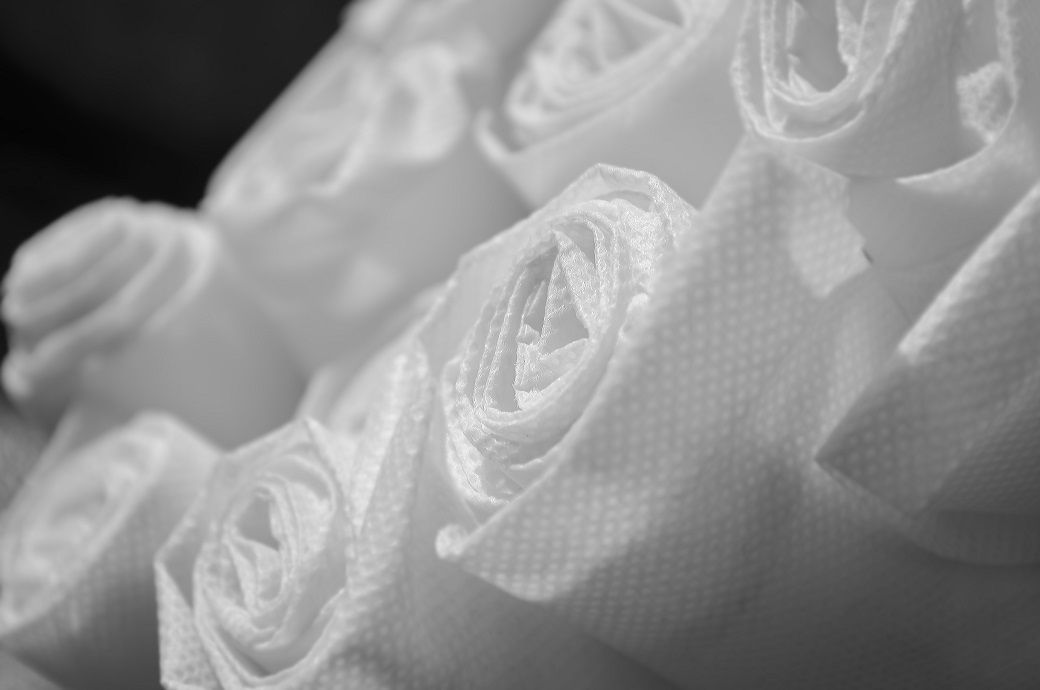Solvent Environment Engineering for Reliable Fabrication of Perovskite Solar Cells in Air with a Wide Humidity Range
Advanced Energy Materials, EarlyView.

A solvent environment engineering is proposed to improve the reproducibility of PSCs fabricated in air with a wide humidity range of 20–80%. The synergistic effect of solvent and humidity on the crystallization process of perovskite is investigated. A low-polarity and low-boiling-point solvent, isobutanol (IBA), is introduced into the perovskite precursor film to inhibit water intrusion and prolong the crystallization process.
Abstract
The cost-effective commercialization of perovskite solar cells (PSCs) requires eliminating the dependency on a strictly controlled atmosphere during their fabrication process. However, this remains a significant challenge due to the high sensitivity of the perovskite crystallization process to humidity. Here, the synergistic effects of residual solvent and environmental humidity on the crystallization process of perovskite films are studied. The high water-solubility and volatility of the residual isopropanol (IPA) solvent in precursor film are major contributions to water sensitivity and poor control over the crystallization process. A solvent environment engineering is proposed to improve the reproducibility of PSCs fabricated in air. A low-water-solubility and low-boiling-point solvent, isobutanol (IBA), is introduced to inhibit water intrusion and prolong the crystallization process through slow evaporation. This approach facilitates the production of high-quality perovskite films (1.56–1.57 eV) and PSCs across a broad humidity range (20–80% RH), consistently achieving efficiencies exceeding 21%. Notably, devices prepared in the air at 60% RH achieve a high PCE of 25.1%. The unencapsulated devices retain 97% initial efficiency after 1000 h of operation at maximum power point under one sun illumination. This study presents an efficient strategy that promotes the large-scale production of perovskite photovoltaic modules.







































































































































































